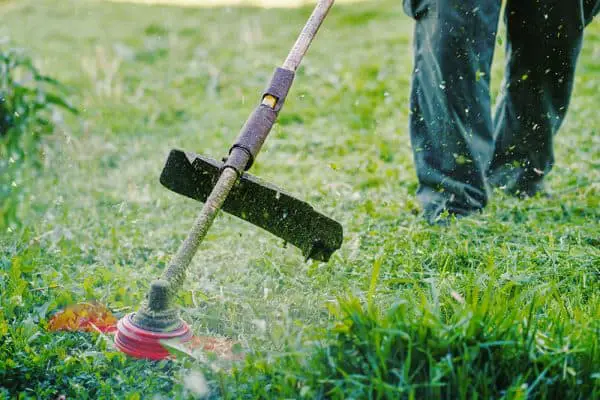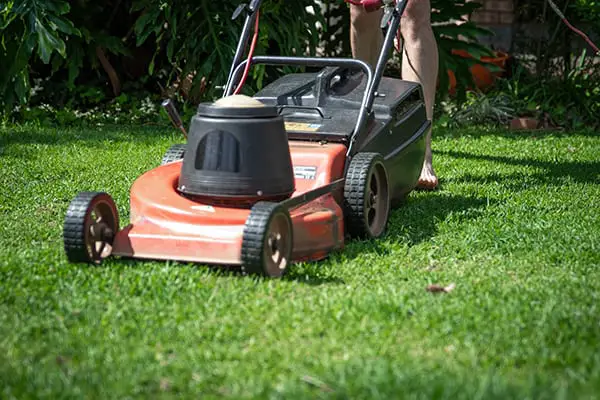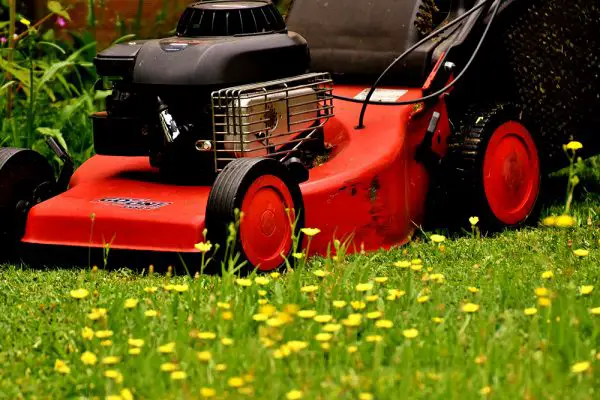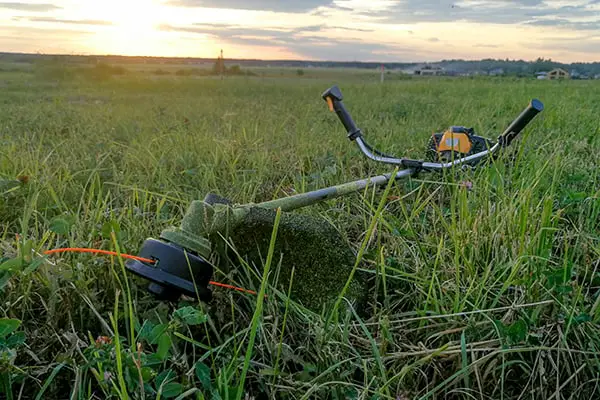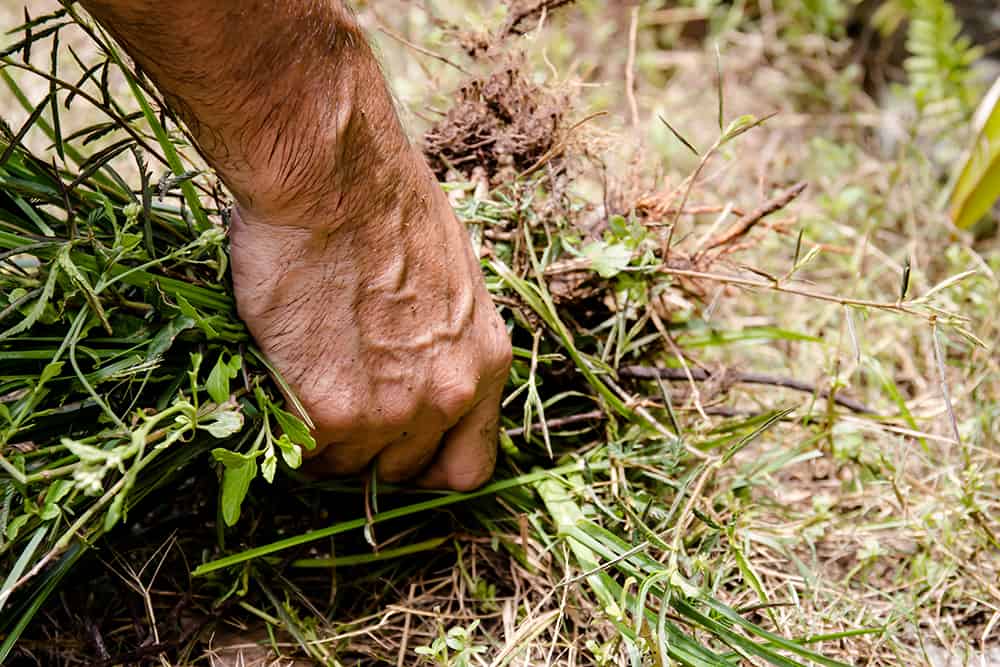Lawn maintenance is made a whole lot easier with the help of a string trimmer, as these handy multipurpose tools can be used for a variety of uses, such as grass cutting, weed trimming, and bush thinning, or for tricky to reach areas and for neatening up your lines.
The trouble with such broad functionality is that it can be difficult to know what type of trimmer line is going to be best suited for your needs, as your needs can vary. There is also a huge amount of choice these days which makes this decision all the more confusing.
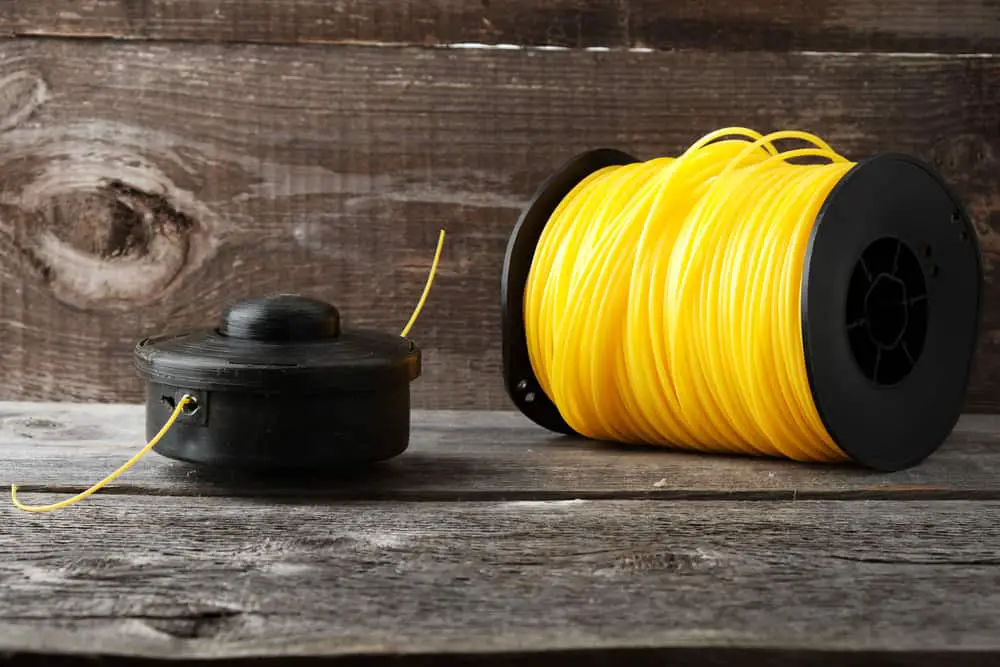
One issue with getting the trimmer line wrong is that it is more likely to break or snap during use. When the line breaks it is usually a sign that it’s too thin for the intended purpose, so many people are led to wonder, is it better to opt for a thicker trimmer line?
This article is going to take a look at some of the common questions around trimmer line options and what size, shape, or thickness you should go for to get the job done effectively without running into problems or causing any damage to your equipment, and we consider factors such as durability, material, and weld-resistance.
What Shape Trimmer Line is Best?
Getting the shape of your trimmer line wrong can be a source of frustration if it’s constantly causing the line to jam or break, but what shape trimmer line is the best choice?
First, check the instructions manual to see which trimmer lines are compatible with your strimmer, as not all are suitable for use with certain models. You should also be able to locate this information online with a quick Google search if you have misplaced the manual.
When you’re shopping for a trimmer line, there are three styles you can consider including round, multi-sided, and twisted shapes.
- Round string: Available in all sizes, round string is affordable, easy to use, and durable enough to handle lawns that have a few weeds sprouting, although you may struggle with weedier areas due to causing a rough rather than a clean cut.
- Multi-sided string: A better choice for lawns sprawling with weeds, multi-sided string offers a cleaner cut but it has a tendency to snap when it’s used to trim near hard surfaces
- Twisted string: Twisted string is highly durable which makes it ideal for use on or near harder surfaces and for dealing with thick patches of weeds. It’s also a quieter choice for those where noise levels may be a concern.
Your choice of line shape can influence how the trimmer performs in terms of accuracy and durability and can even affect how much sound it produces when the tool is in use, so it’s important to make sure the trimmer line matches the use it’s intended for.
Is a Square Trimmer Line Better Than Round?
One of the advantages of using a square line is that their sharper edges can effectively cut through grass and weeds with more speed and efficiency.
This is particularly useful in areas where the growth is particularly dense and thick, or for dealing with stubborn patches of weeds. This type of line does have a tendency to snap when it comes into contact with other objects like stones, pavement, fences, and other hard obstacles or surfaces.
The smoothness of a round trimmer line means it sustains wear and tear at a slower pace compared to square line and it’s less likely to snap due to it cutting closer to the tip of the line. You’ll also spend less time spooling your line on the real as it’s easier to load on.
Here’s a quick summary of the pros and cons:
Square Line
Pros
- Quick, sharp cutting
- Can hack through thick patches of weeds
Cons
- Breaks easily if it strikes a solid object or surface
- Tricky to spool
Round Line
Pros
- Durable and long-lasting
- Easy to spool the line
Cons
- Doesn’t cope as well with tougher trimming jobs
So, the answer to this question really depends on the intended use. Square trimmer line is better for dense weeds whereas round line will last longer if you’ll be using it in an area where are sharp surfaces or objects that will come into contact with the line.
How Do I Choose a Trimmer Line?
Firstly, you should always refer back to your trimmer’s instructions manual to double-check the manufacturer’s recommendation for line shape and size. If you can’t find your manual or if you can’t locate this information, a quick Google search should tell you everything you need to know.
The next thing you need to do in order to choose the correct trimmer line is to assess what you think you’re going to be using your trimmer for.
If you’re buying it for a specific purpose then this should be easy, but if you’re intending to use it for multiple applications then think about what its main use will be or consider opting for a few different types of lines.
Once you’ve nailed down this list you can choose the most appropriate line size and thickness based on what you’ve learned from this article and what is compatible for use with your trimmer.
Another thing you should factor into your decision is how easy it will be to re-spool and whether or not you’d prefer to avoid having to stop and do this any more than necessary. If that’s the case, opt for the thickest, most durable line your trimmer can handle.
Does Trimmer Line Size Matter?
Trimmer line size matters because it can determine how the trimmer cuts through the intended area, so getting it wrong is a recipe for a broken string rather than for success. As we’ve already mentioned, it’s important to match the line size with the intended purpose.
These are the line sizes we’d recommend for the following applications:
- Easier applications: 1.5 mm to 2.0 mm
- Medium applications: 2.15 mm to 2.65 mm
- Heavier applications: 2.4 mm to 3mm
We’d class easier applications as being fairly light work, for example trimming residential lawns and gardens where there is mainly grass and some sparse weeds.
Medium applications lean more toward larger lawn areas, reasonable commercial work, and denser patches of weeds.
Heavier applications include heavily weeded areas, thick grass, patches of nettles, and other tough shrubbery or growth.
How Can I Make My Trimmer Line Last Longer?
A good general rule of thumb is to avoid areas that are particularly stony or where there may be hidden obstacles that could obstruct your path and damage the line. If you can, clear the area of any debris before you start trimming to avoid snapping or breaking the line.
The tougher the job, the thicker the line you should go for, as this will reduce the chance of it becoming damaged after only a short period of use. A thicker line with a larger diameter will also increase the durability and therefore the lifespan of the line, meaning it’ll last you longer.
There are also a few maintenance rules you should try to stick to, such as making sure you don’t store or leave your strimmer line in direct sunlight for prolonged periods of time as this can weaken it.
The best thing to do after a session with your strimmer is to remove the line and place it in some fresh water to soak in the winter season. This helps it to retain its flexibility and can handle being pushed further for longer without snapping or breaking.

